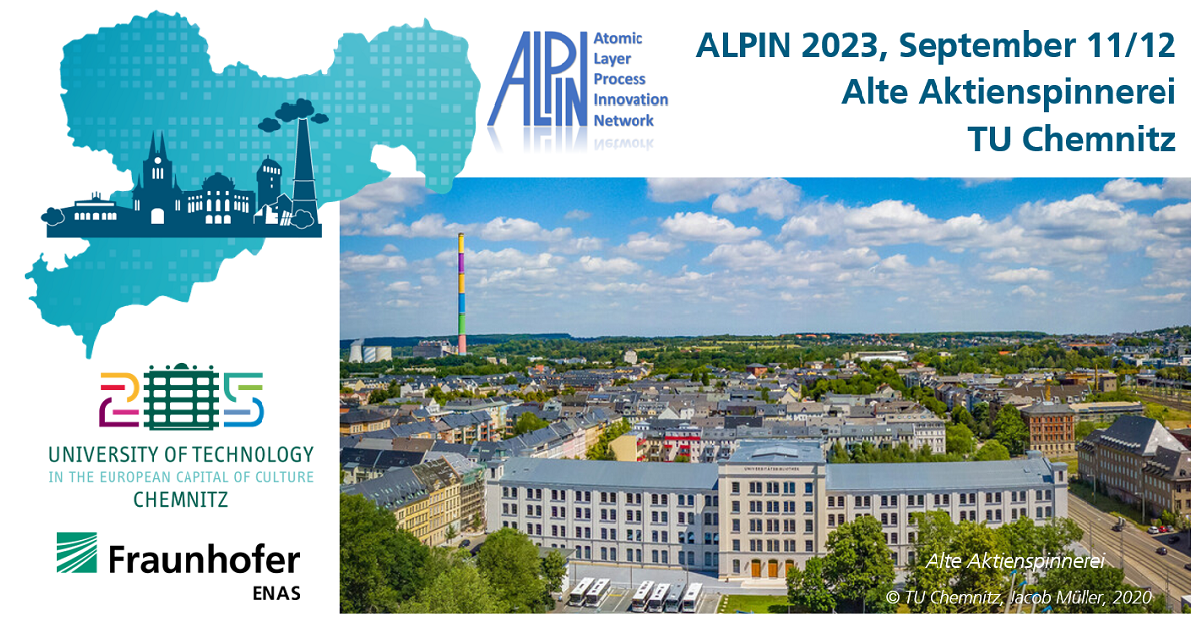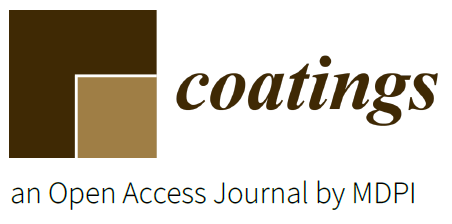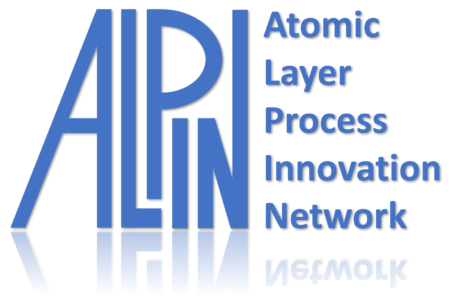Fachtagung Mikroelektronik-Forschung in Deutschland – von den Grundlagen zur Anwendung
Am 27./28.02.2024 kommen Vertreter der Mikroelektronikforschung deutscher Hochschulen und Industrie in Dresden zusammen, um gemeinsam Tendenzen, Chancen und Herausforderungen in der Nachwuchsförderung zu diskutieren.







